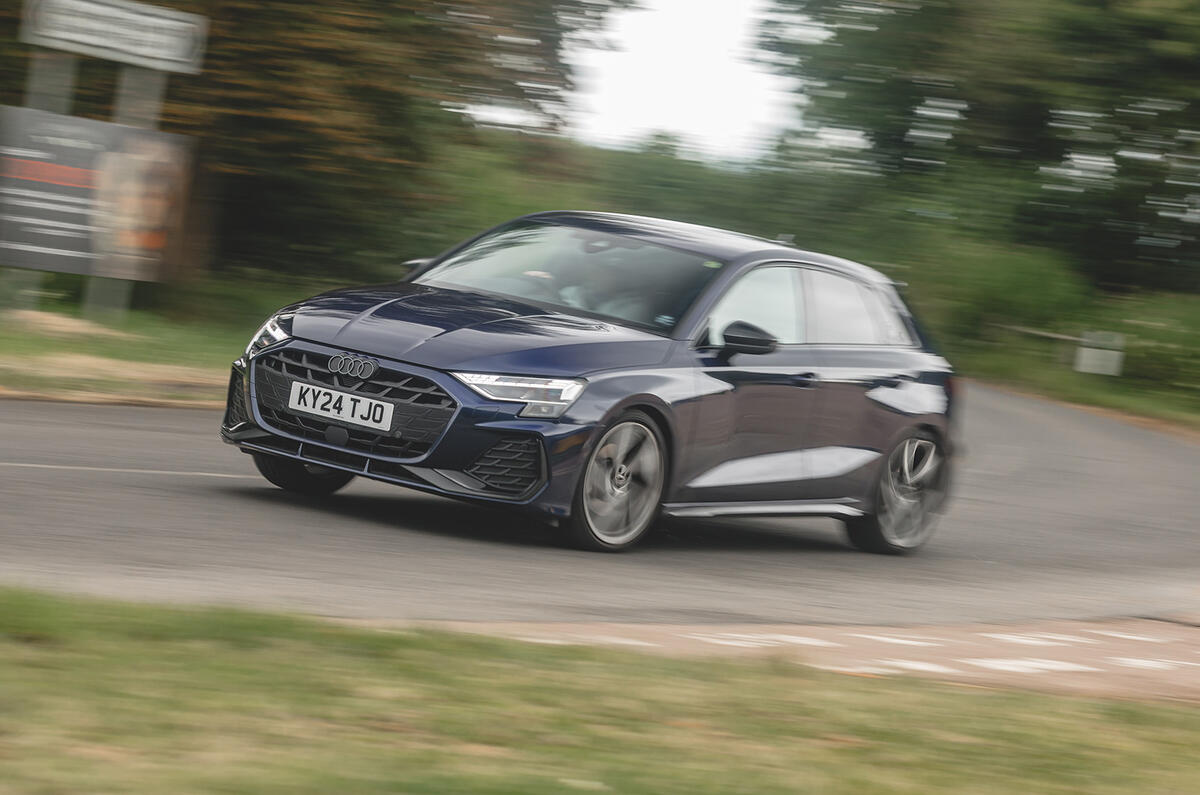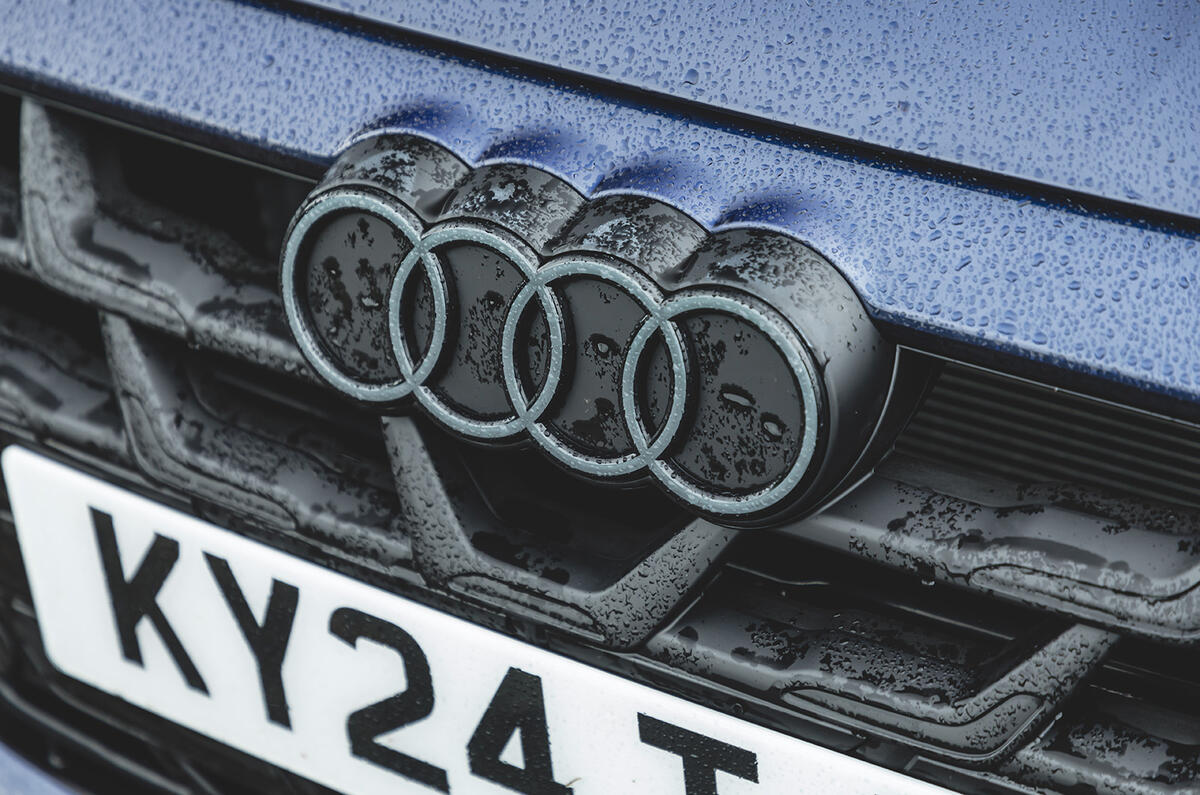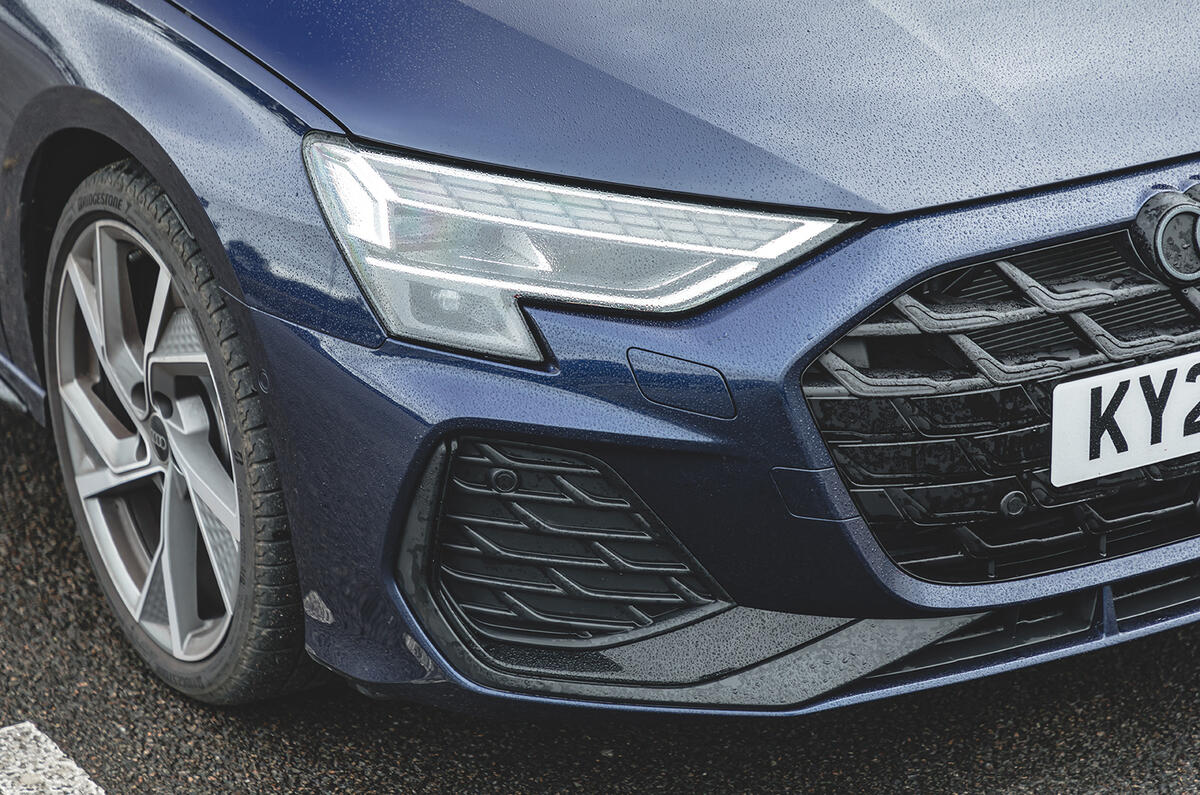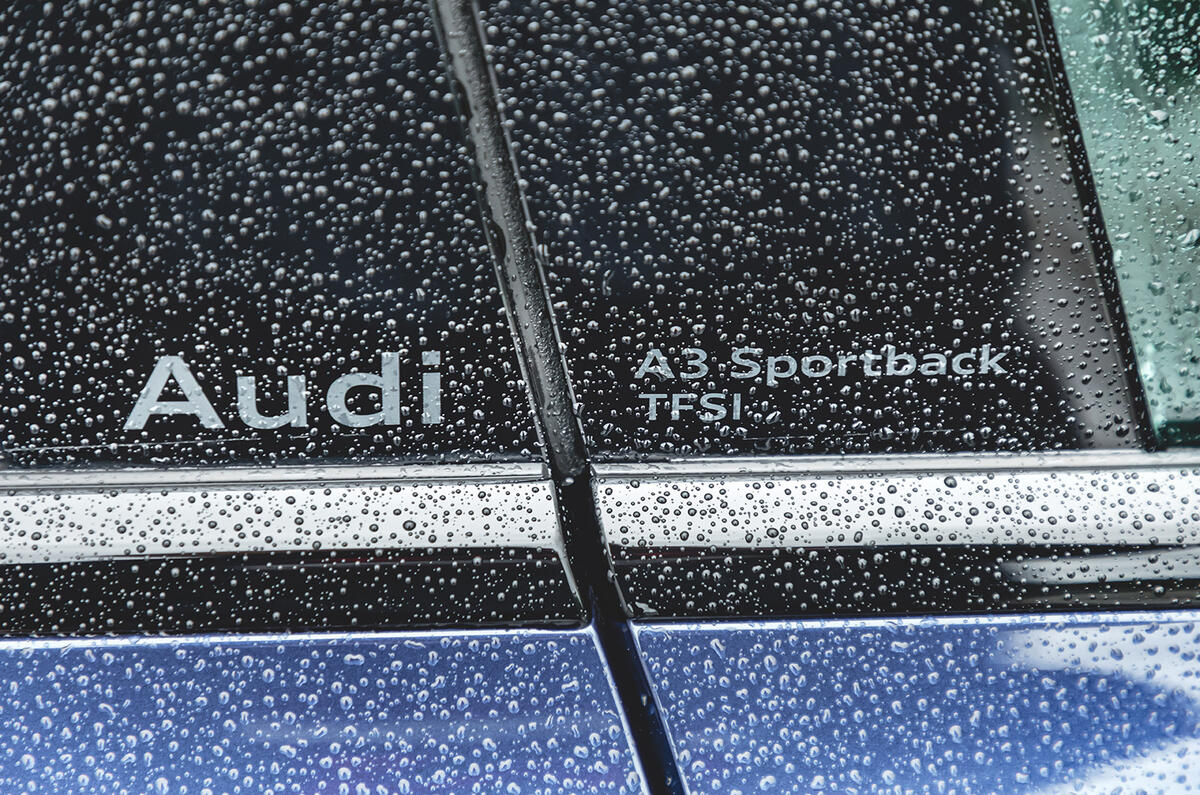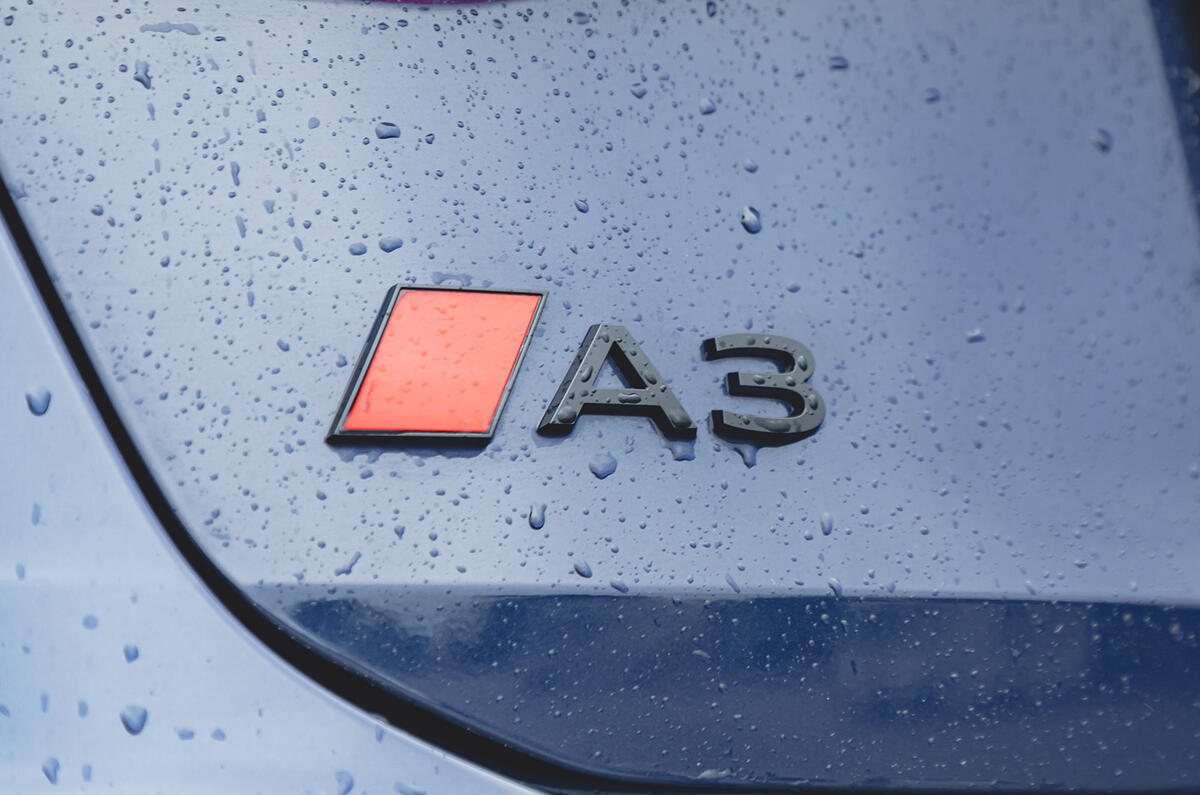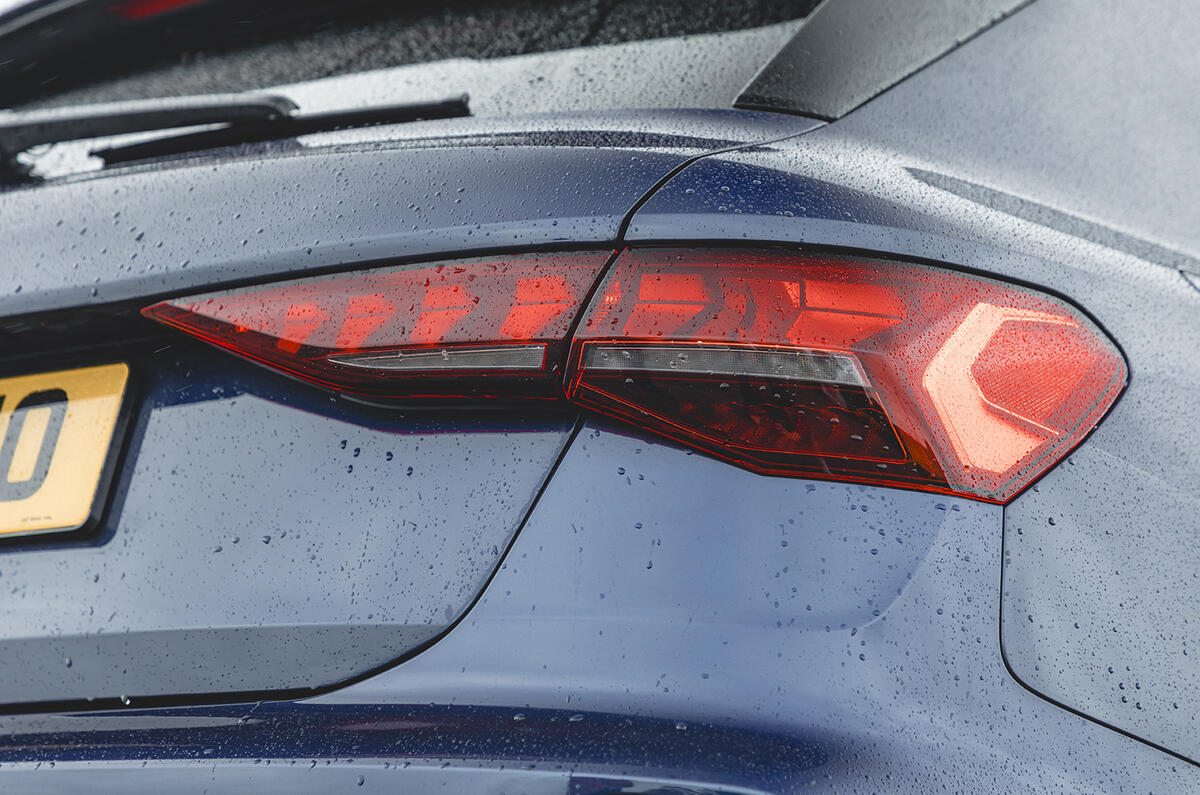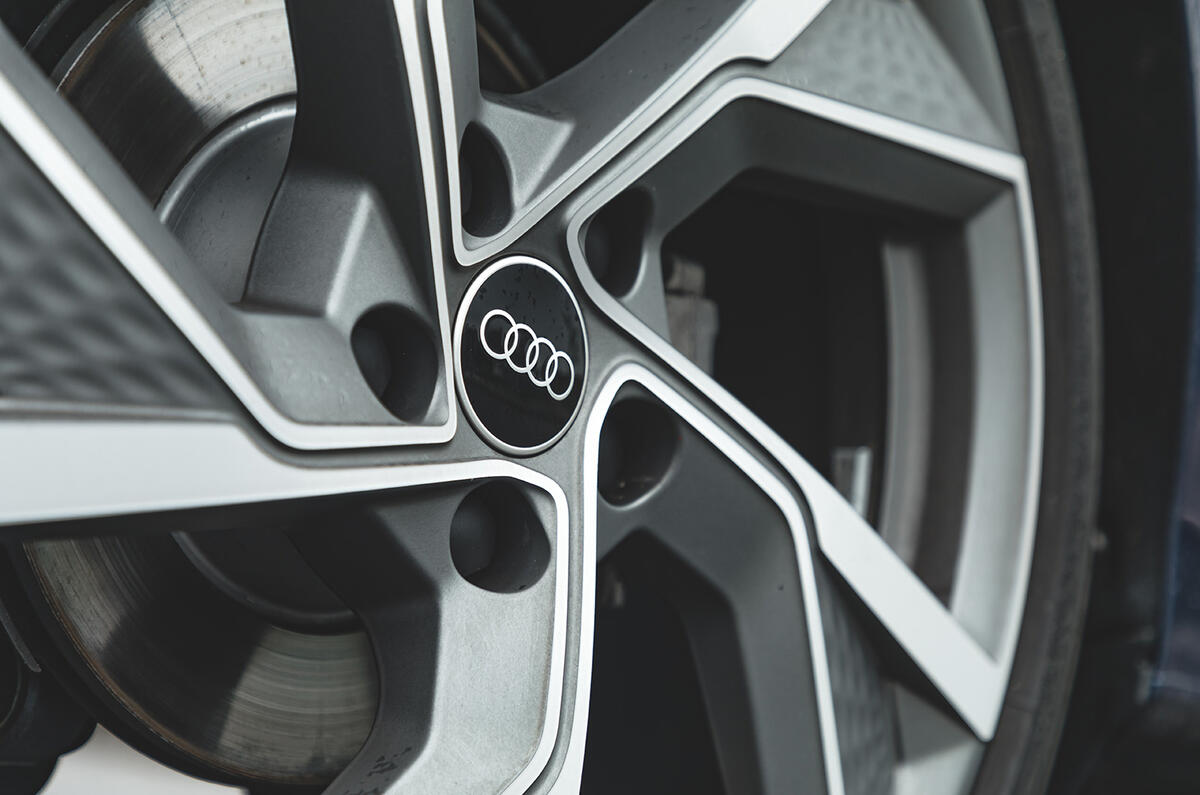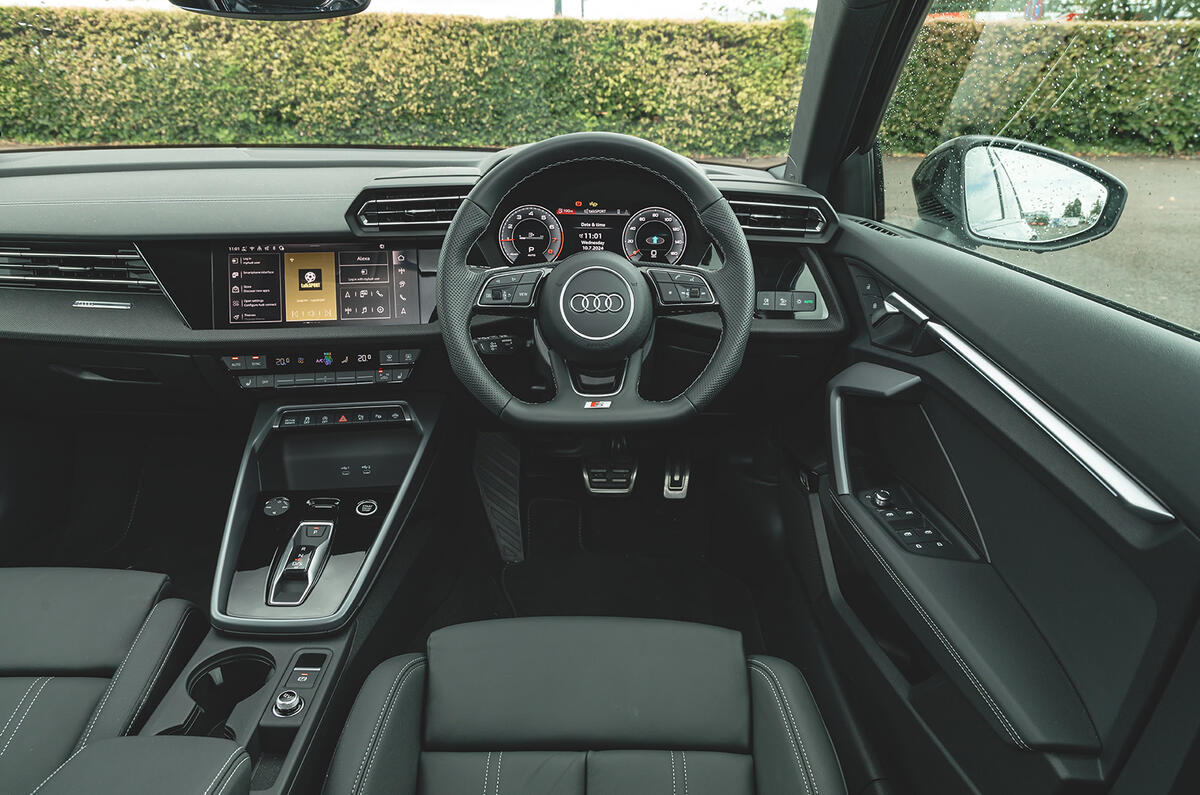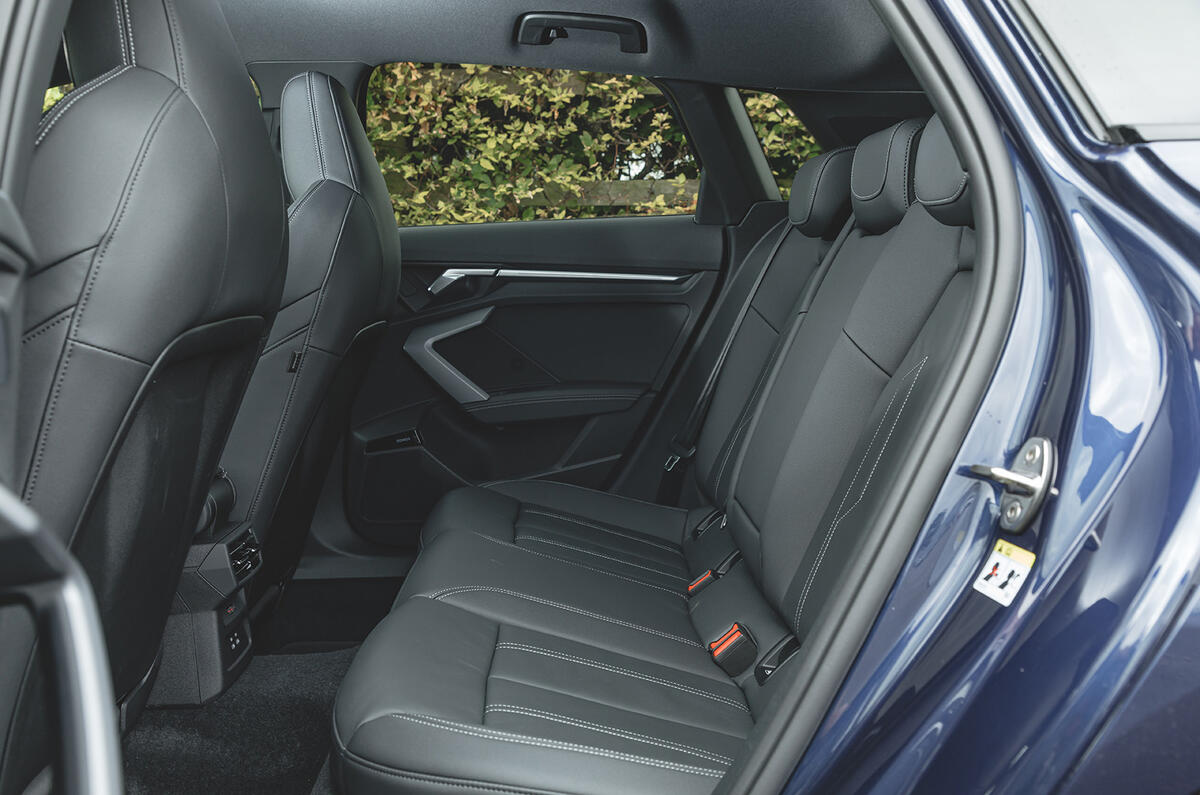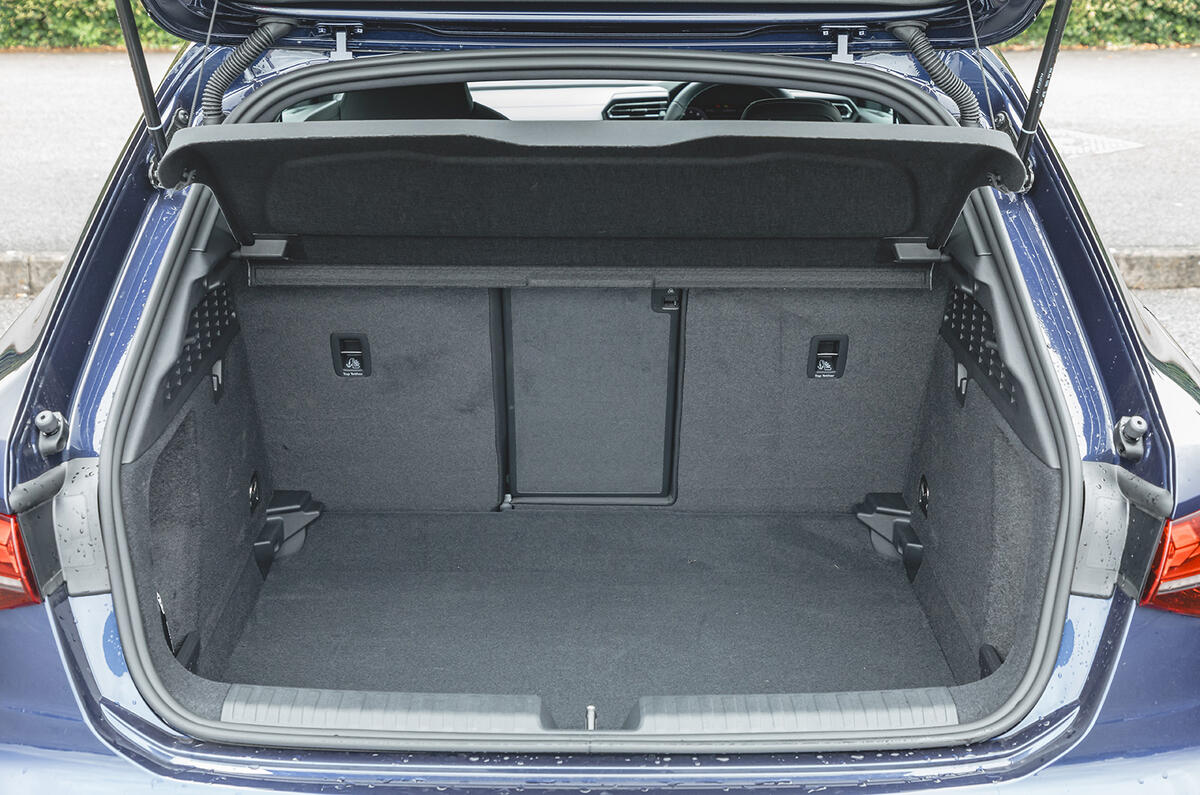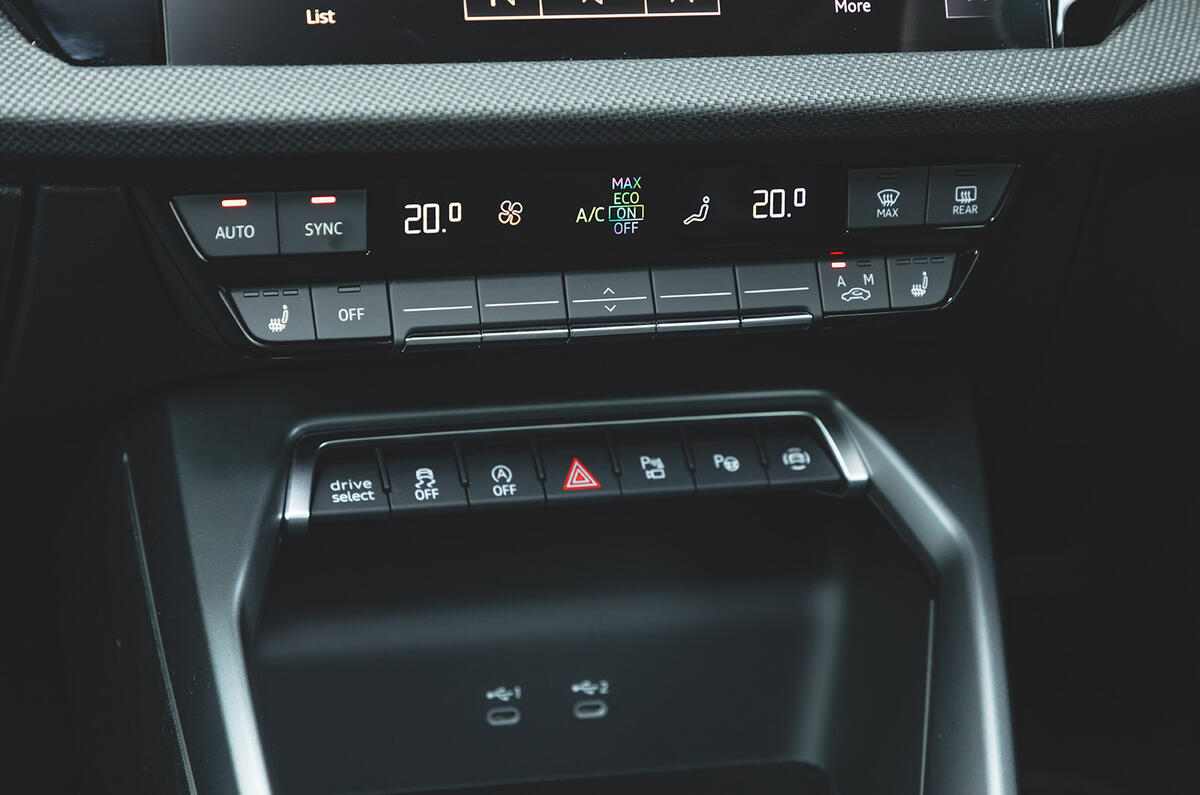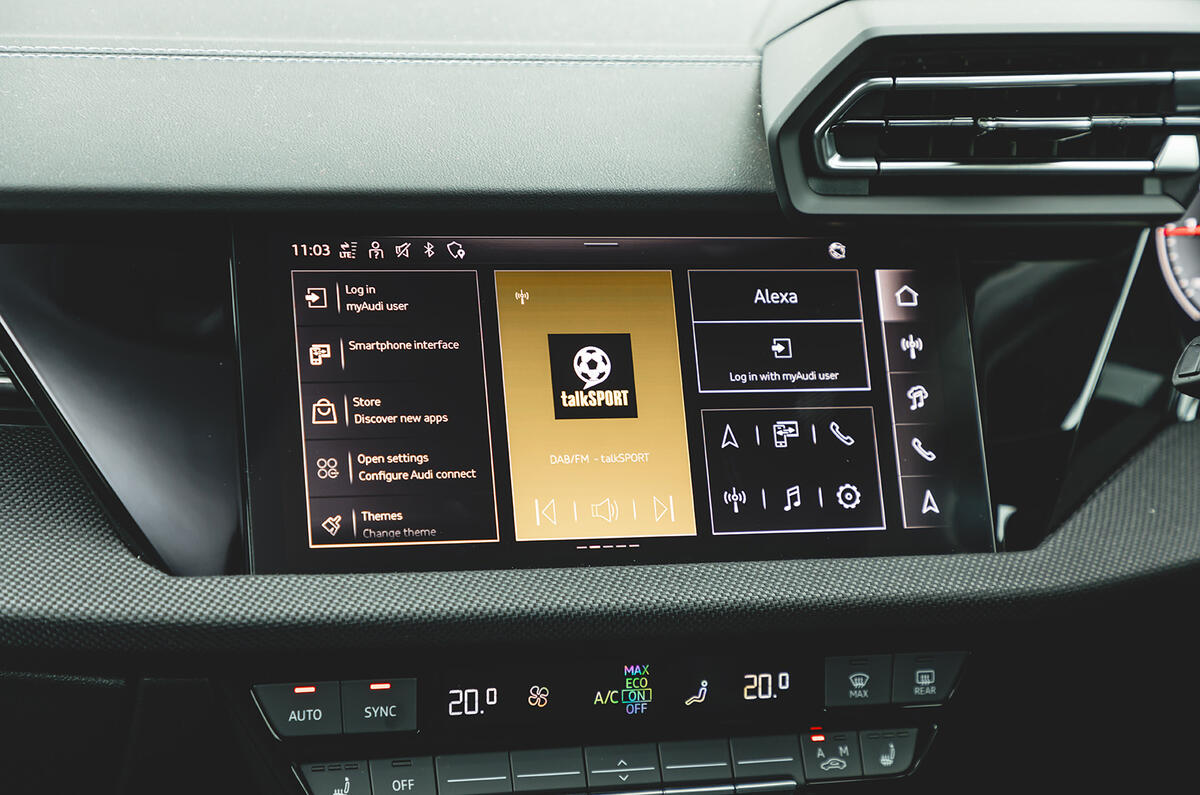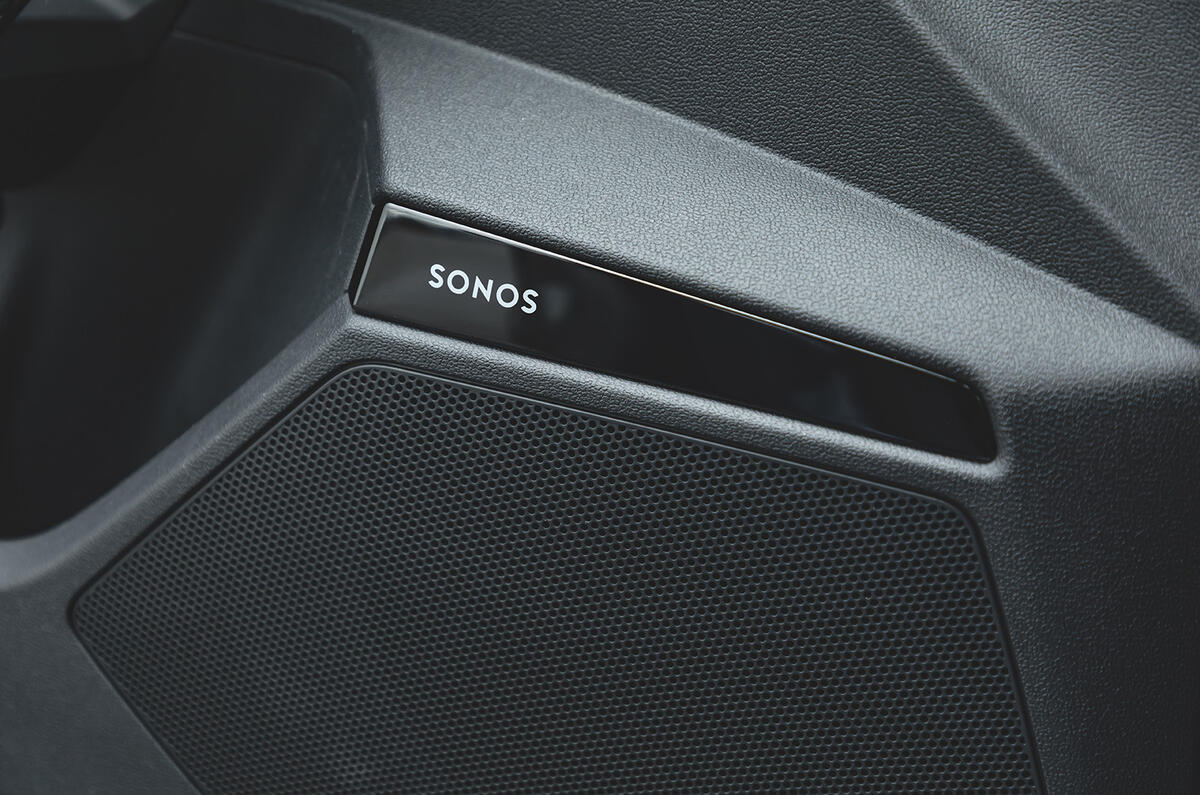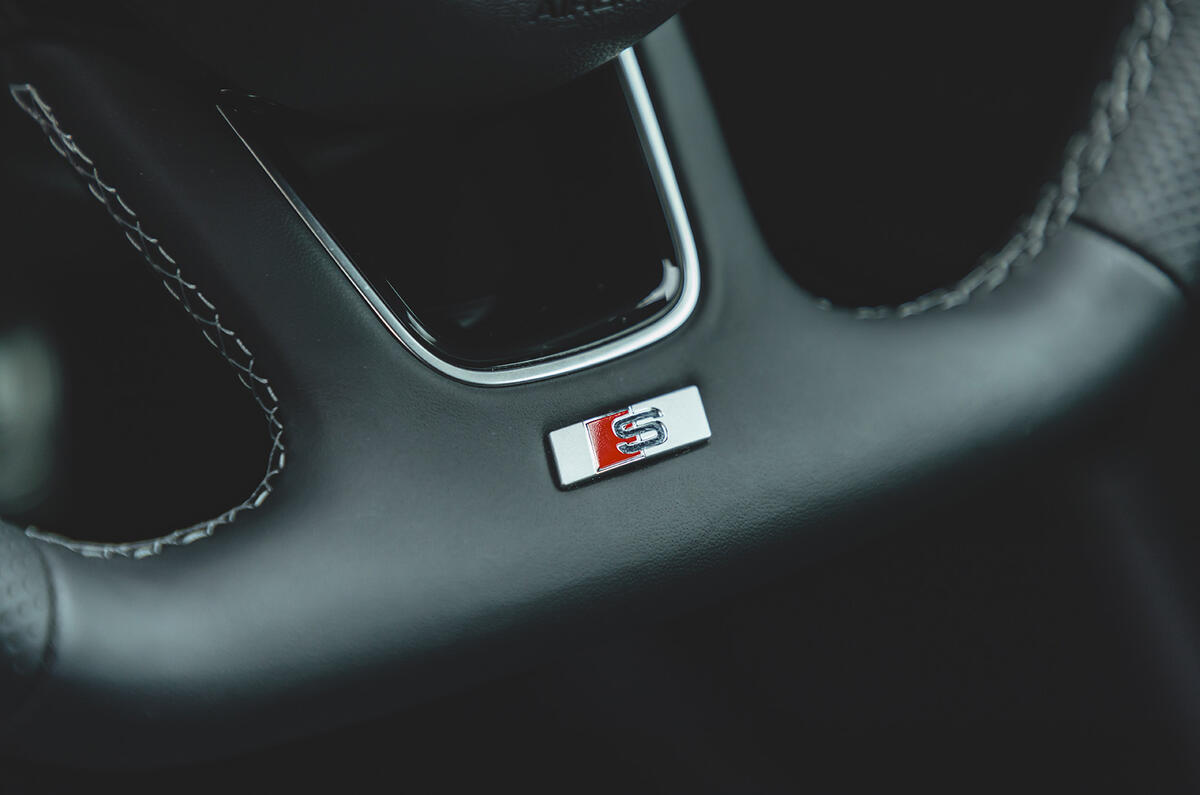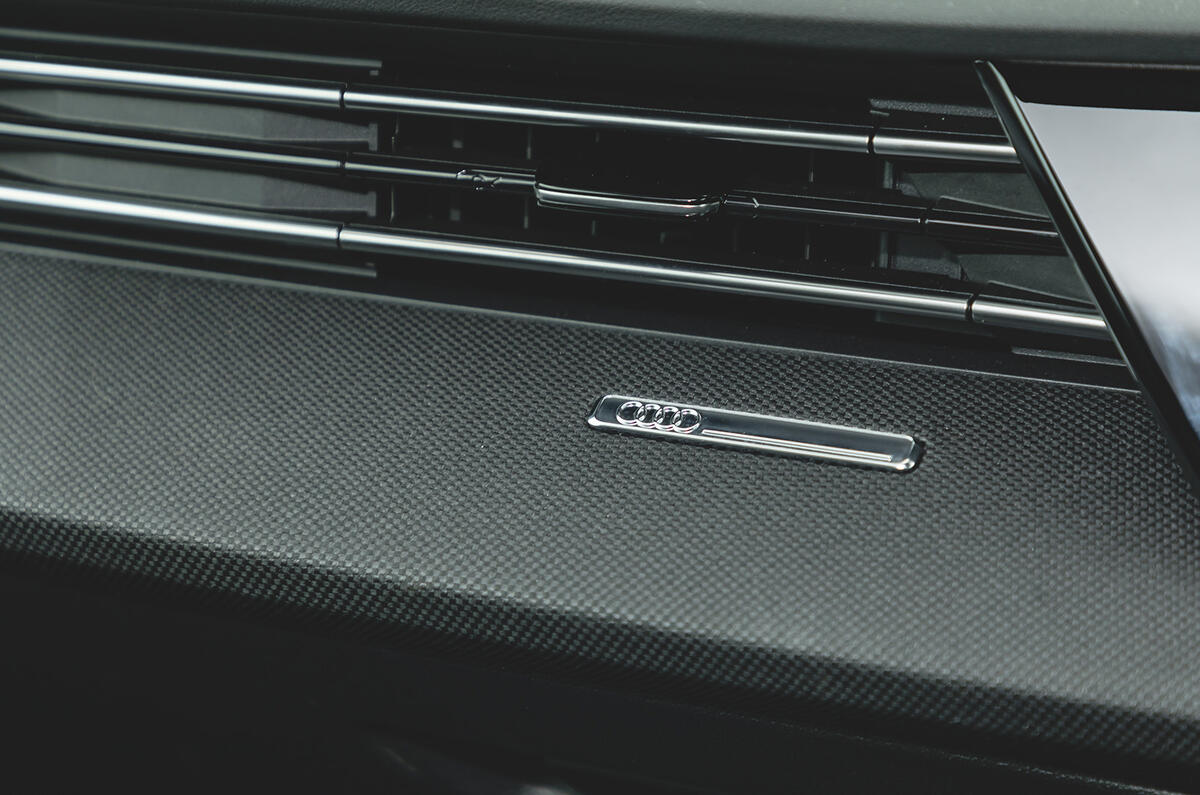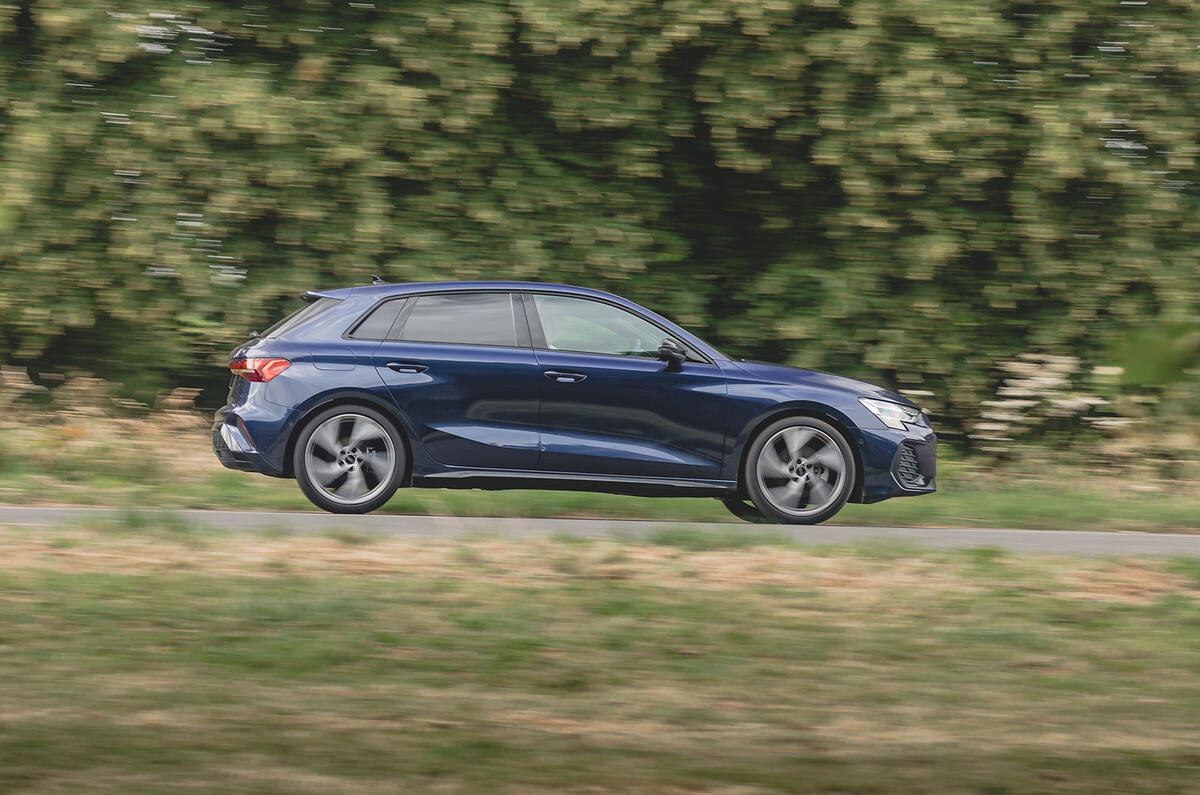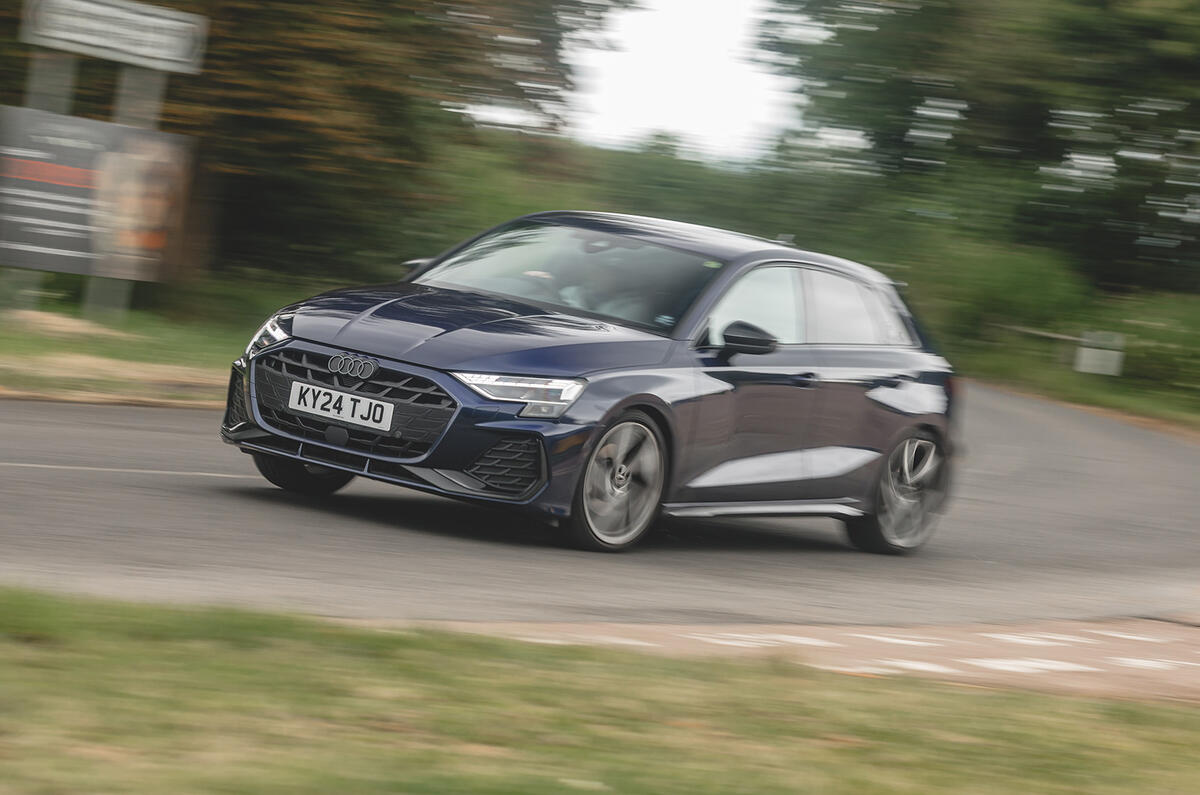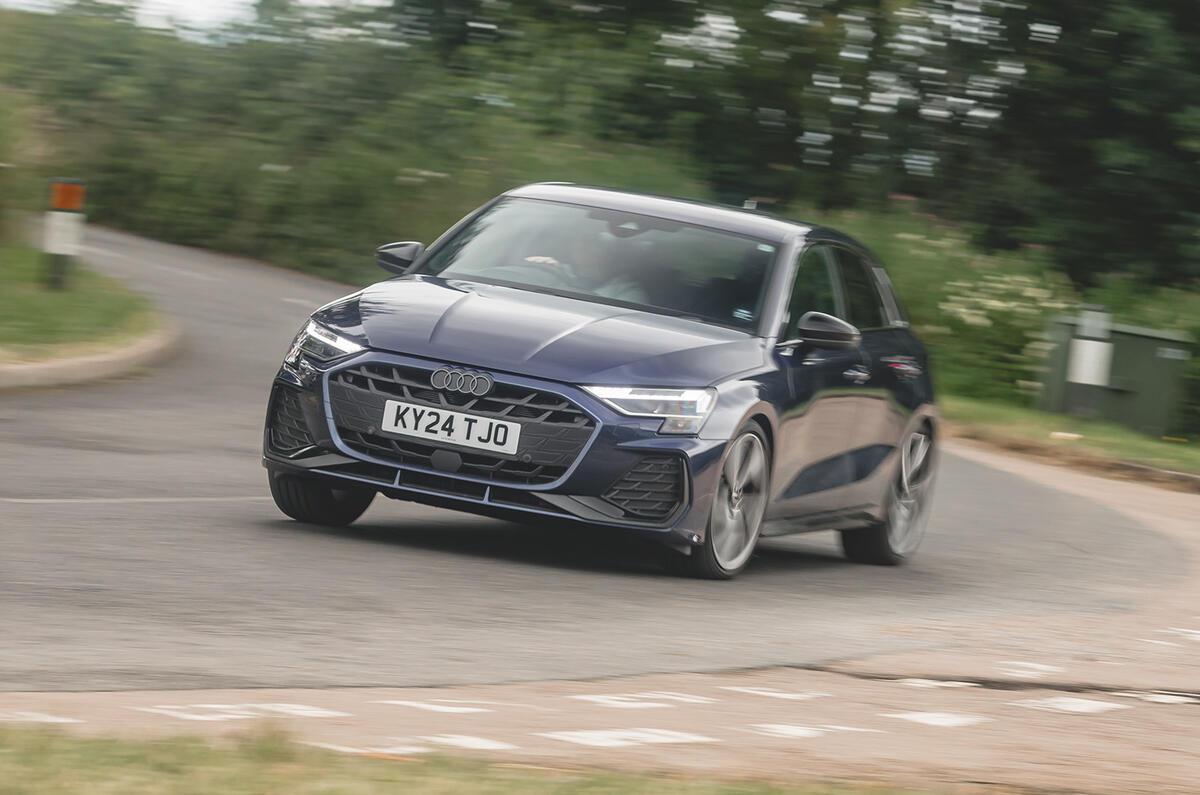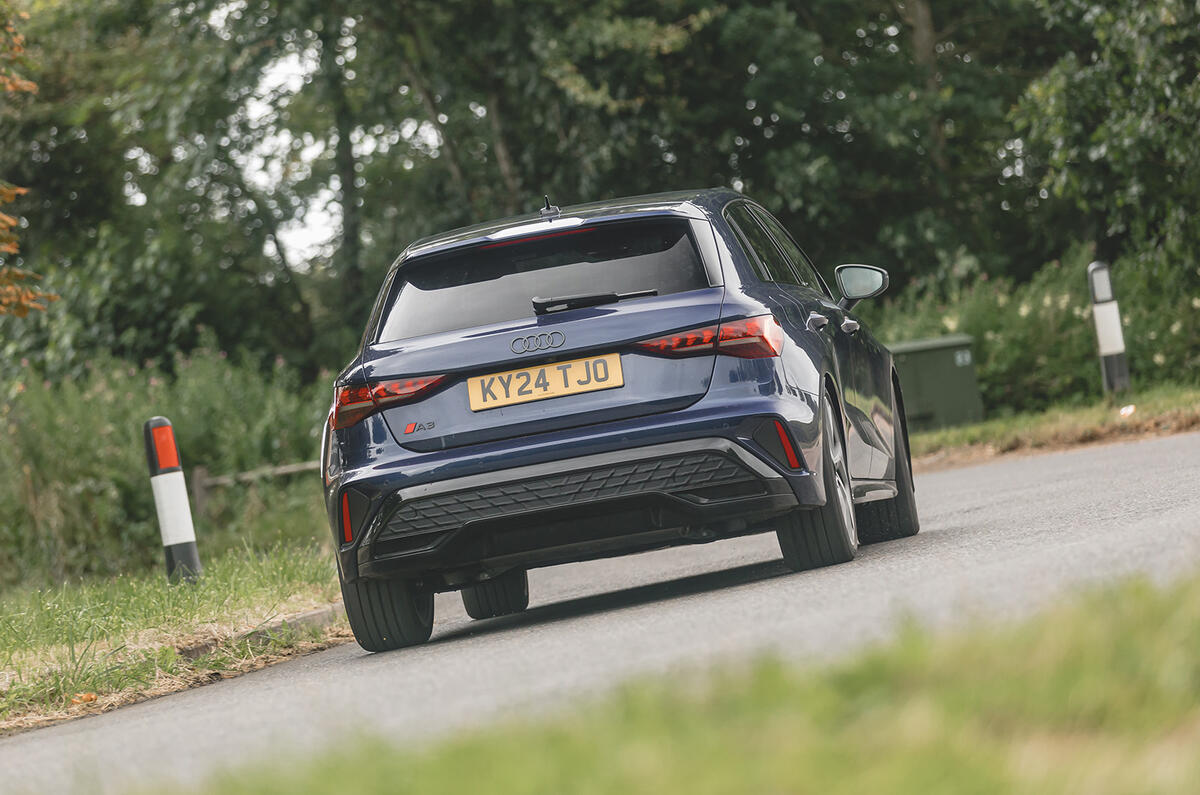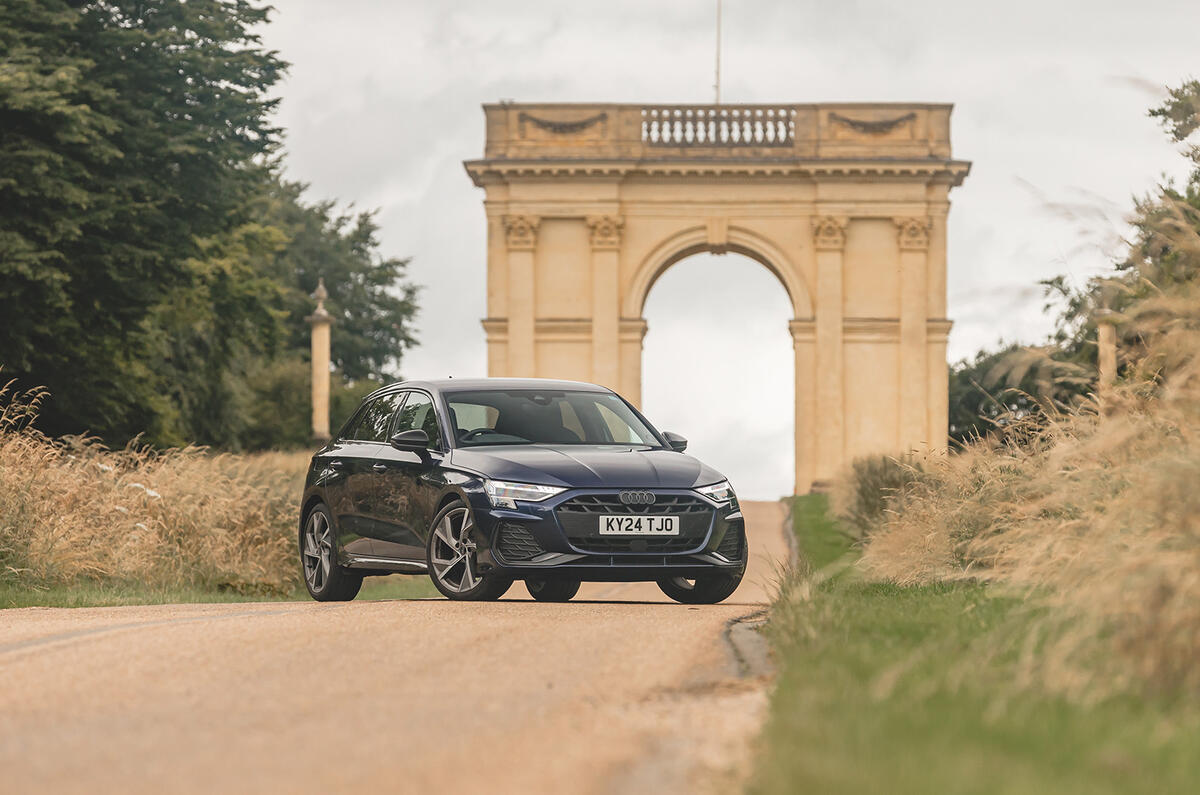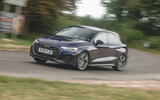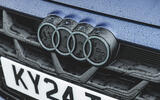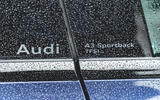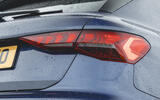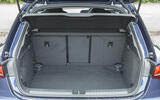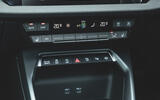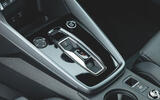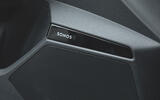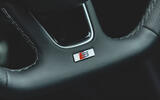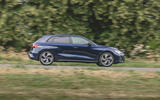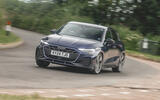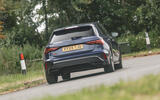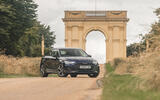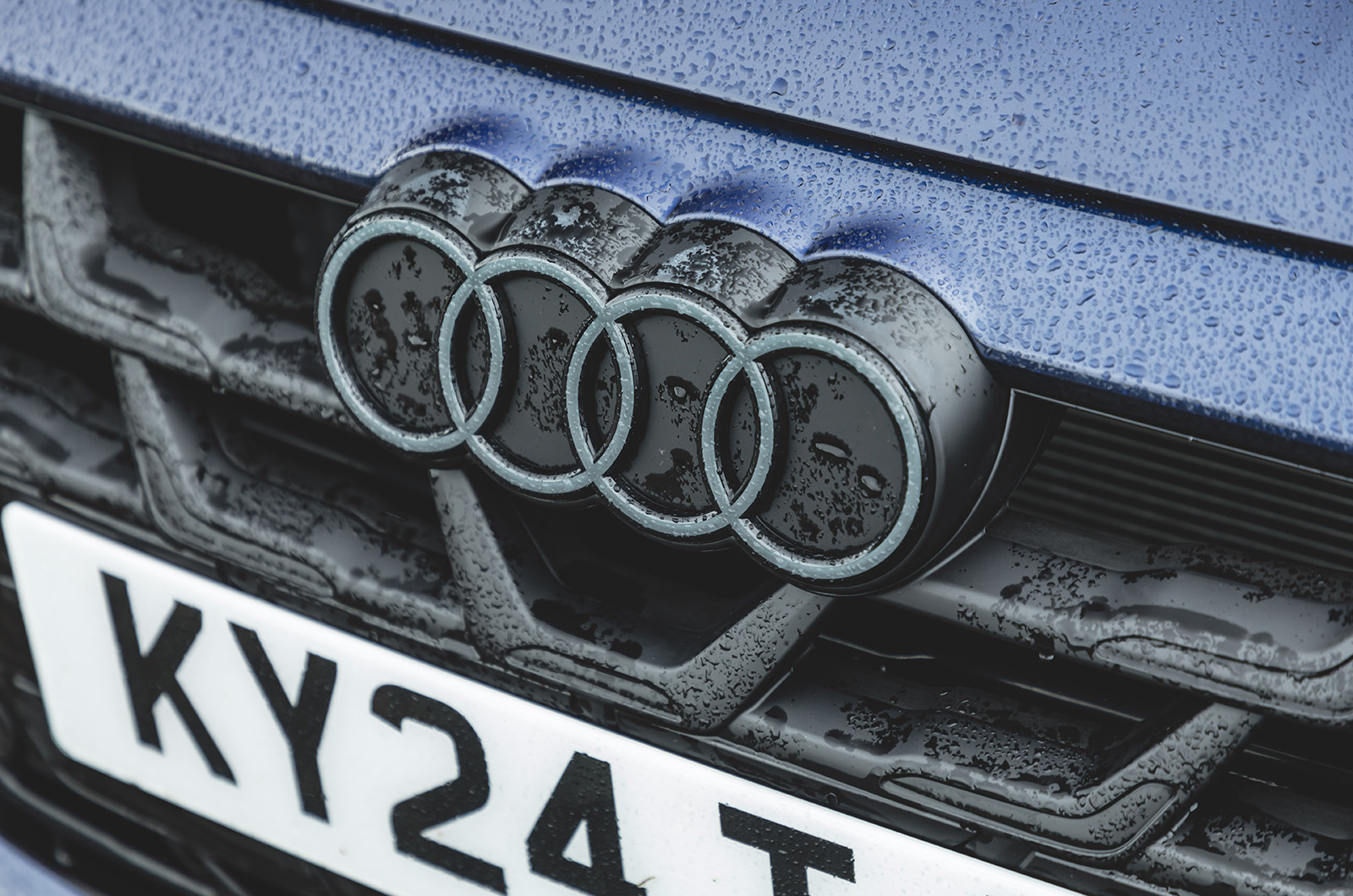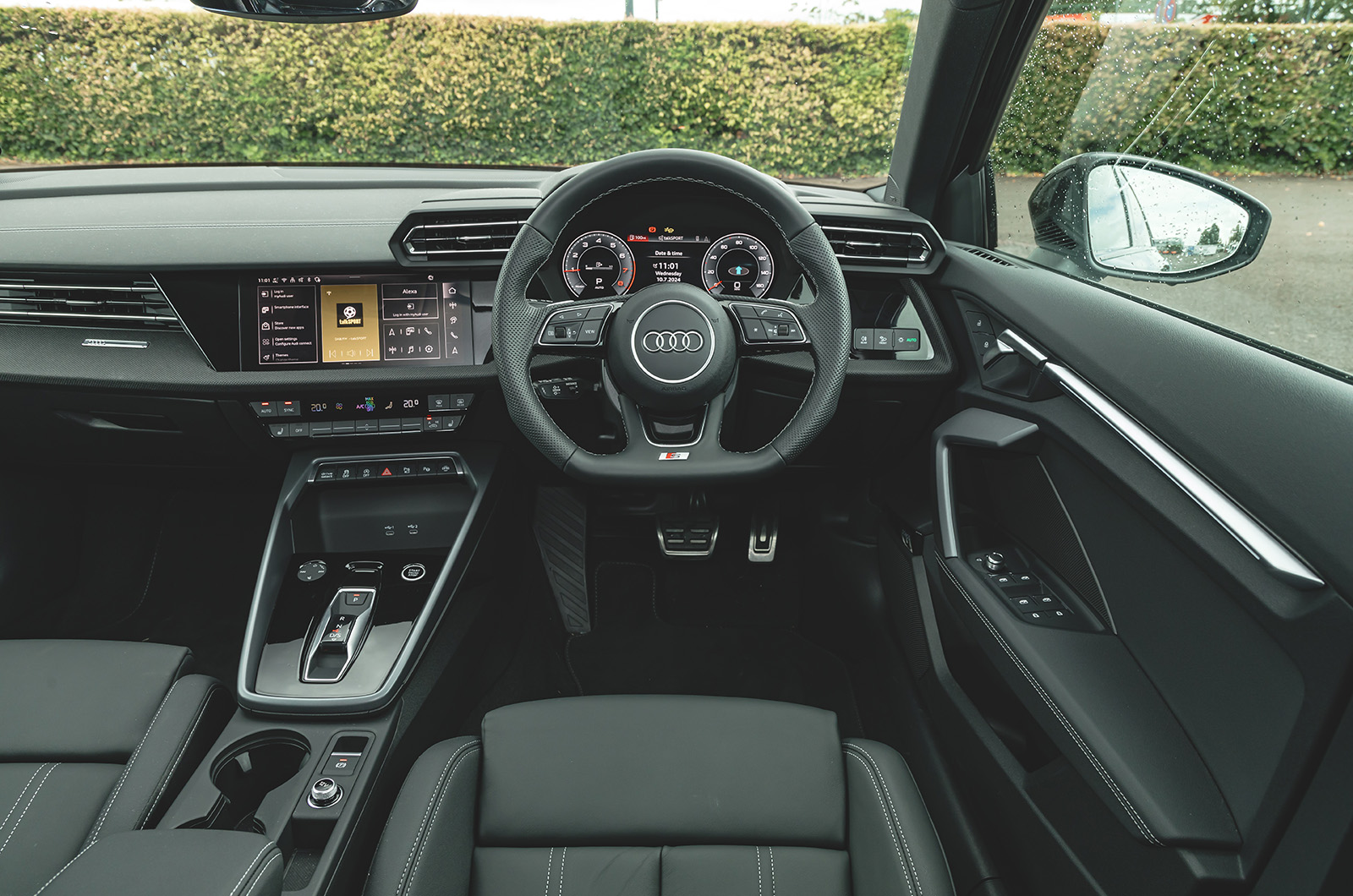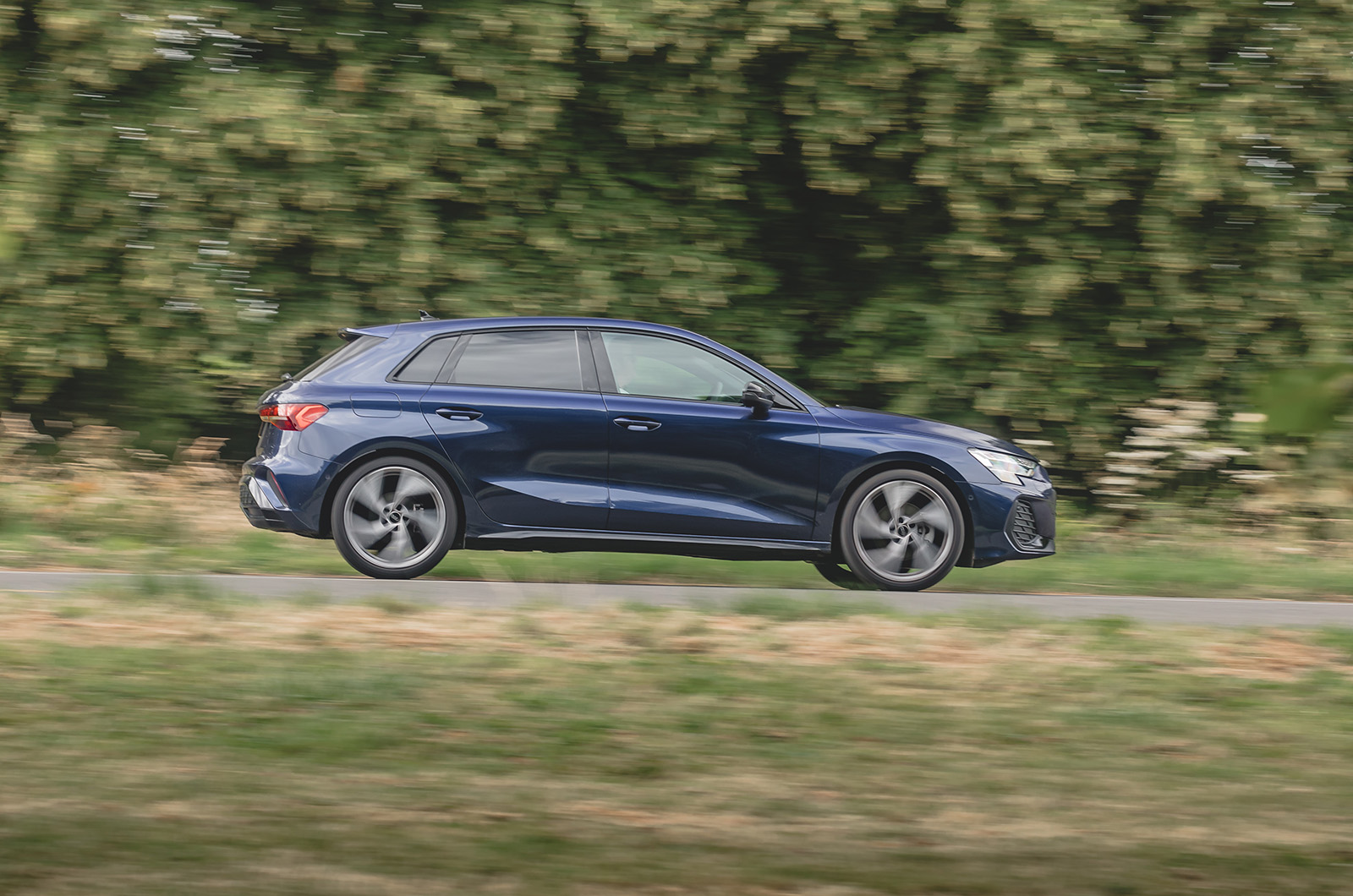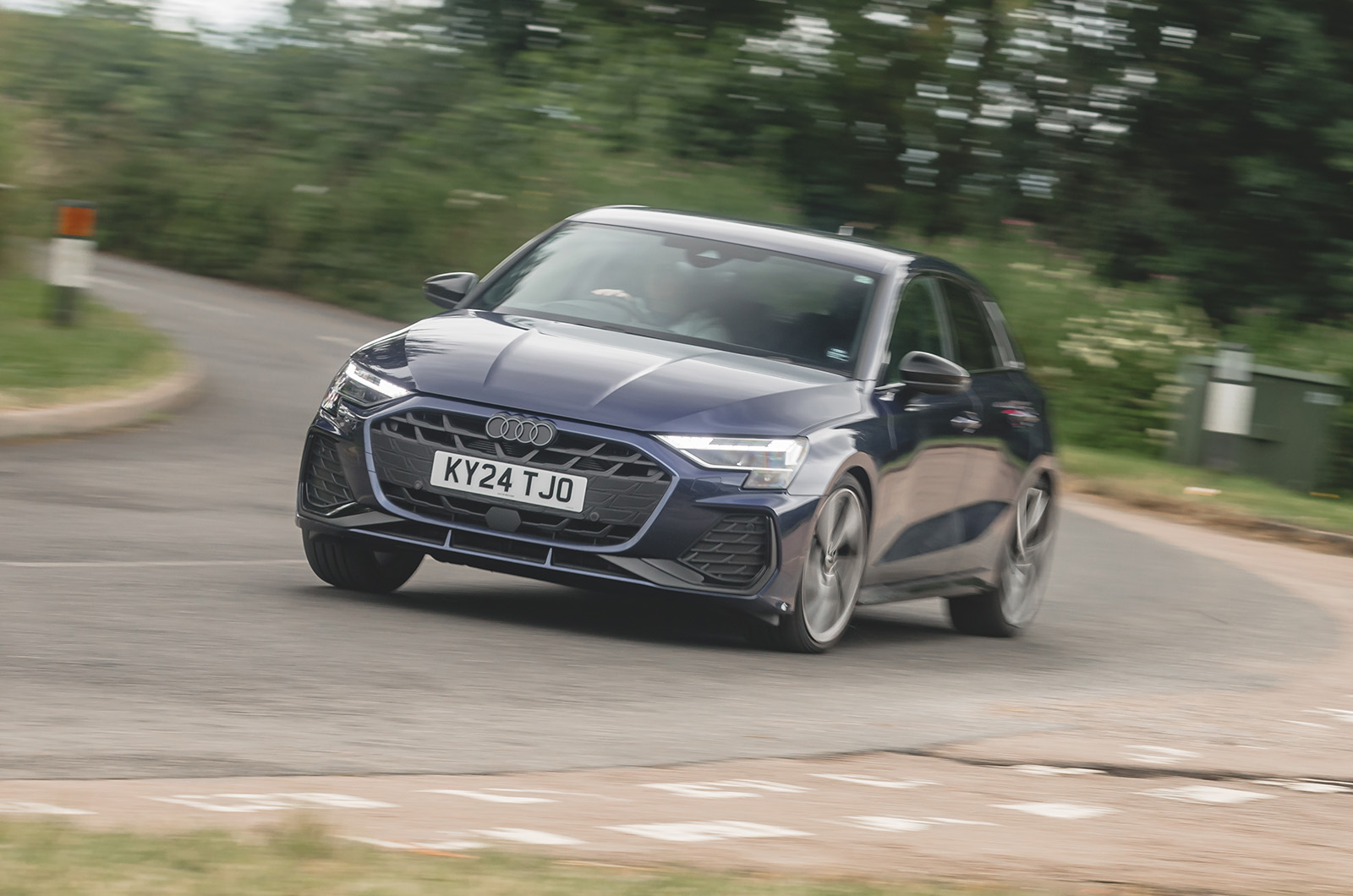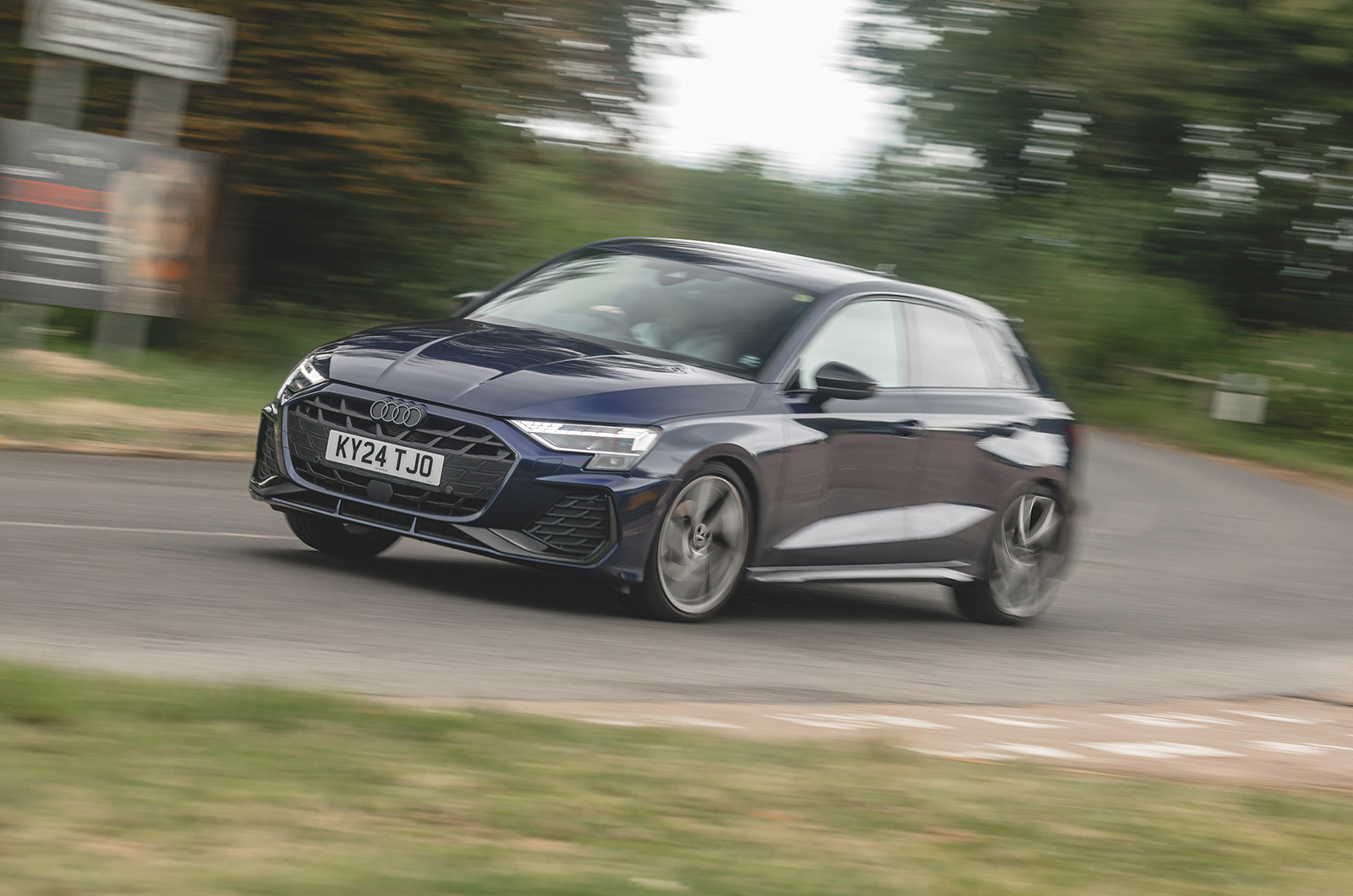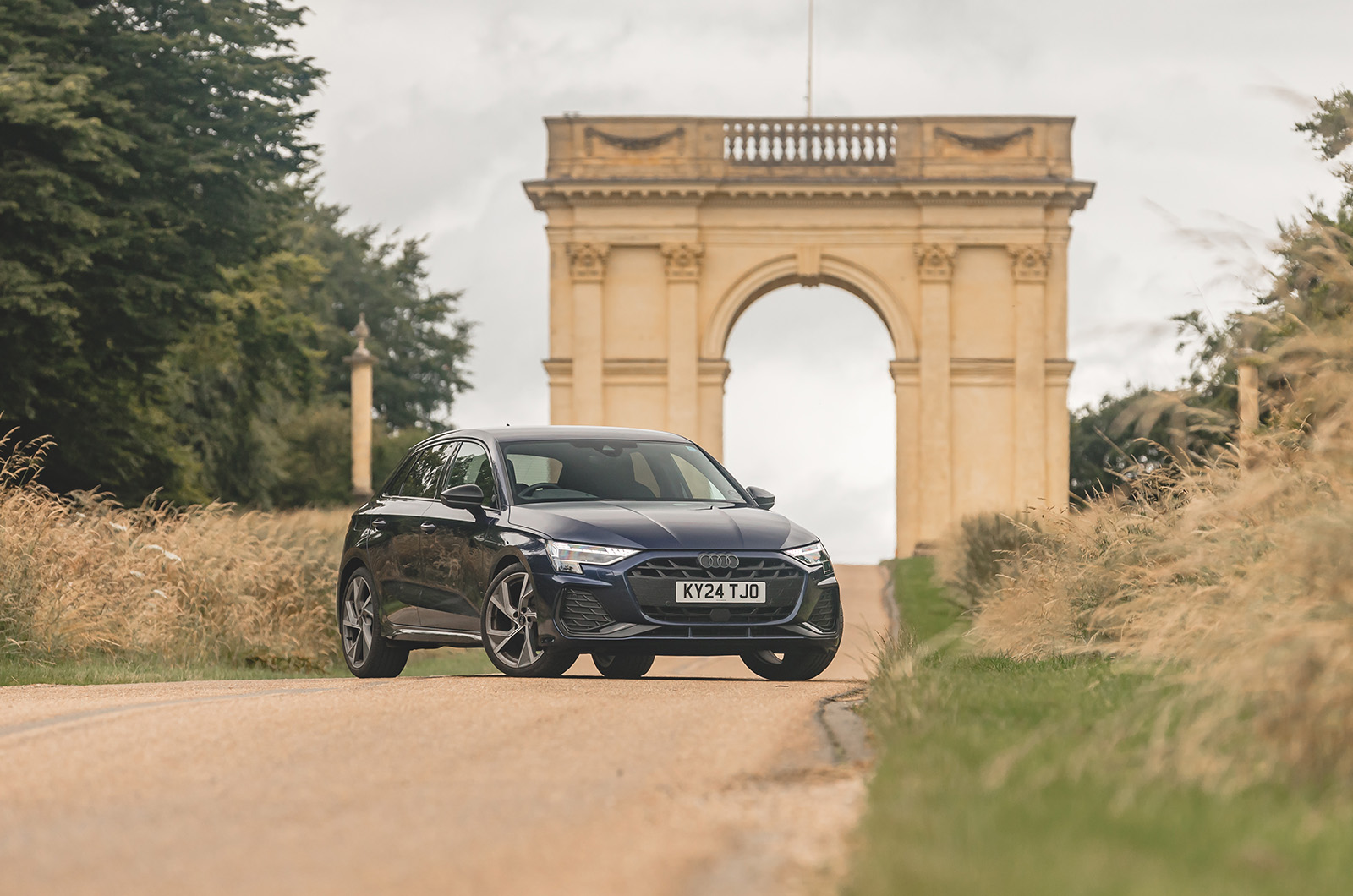The Audi A3 was the original premium hatchback and it now has more than 25 years and several model generations of success behind it. It remains Audi UK's biggest-selling car by some distance, outselling its nearest in-house rival by about a factor of two.
So while it's no longer Britain's favourite compact premium operator (take a bow, the Mercedes A-Class), it's still very much the kind of smallish car that's rather a big deal for its maker.
Now halfway through its fourth generation, the car has been treated to a mild nip and tuck and an equipment upgrade in a bid to bolster its ability to compete with its key rivals.
Just like its Seat Leon, Skoda Octavia and Volkswagen Golf relations, it continues to use an evolution of the Volkswagen Group’s ubiquitous MQB platform, with enhancements to accommodate a wider spread of powertrain options that include mild hybrid, plug-in hybrid and, whisper it, even old-fashioned diesel-engined variants.
The A3 remains available as a (curiously popular) compact saloon or, as driven here, in five-door Sportback guise - and while neither has been radically reinvented, a decently extensive package of visual, technological and mechanical revisions make this a tangibly different proposition from the outgoing car.
We have separate reviews for the performance A3 models. The Audi S3 is the hot version, while the Audi RS3 is the full-on vindaloo four-wheel drive mega hatch with a drift mode and 394bhp.


